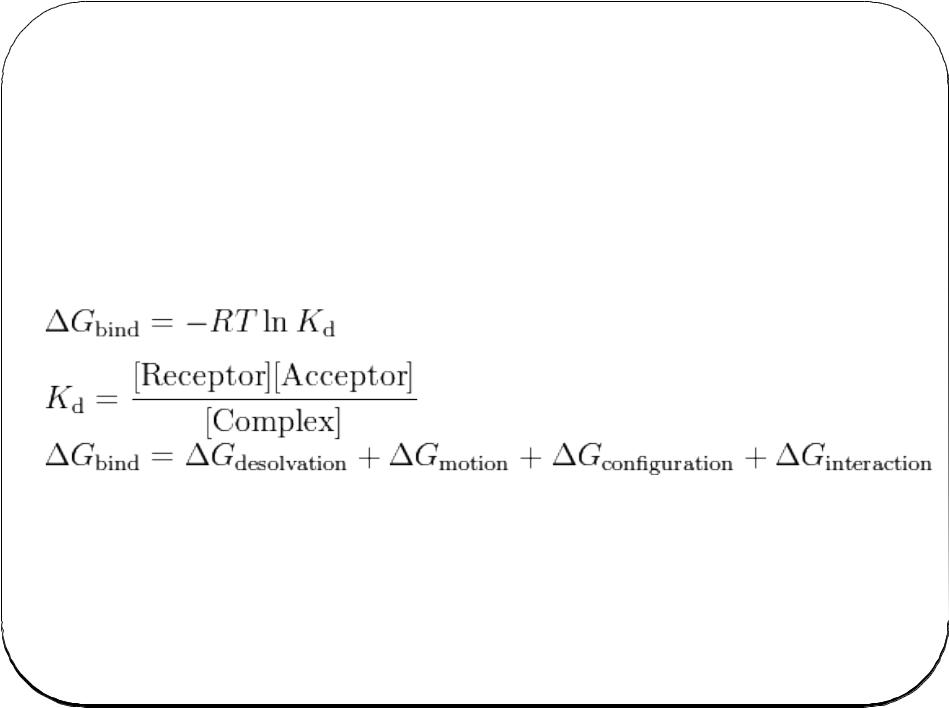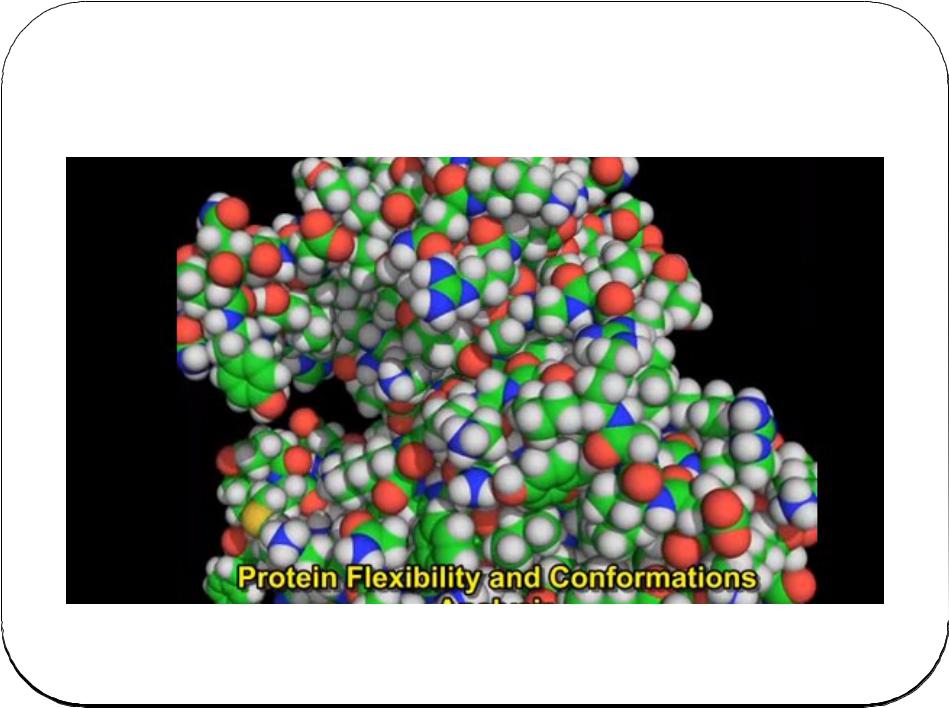
- •Drug design
- •Approaches
- •Types
- •Ligand-based drug design
- •Structure-based drug design
- •Scoring method
- •Computer-aided drug design
- •Computational Techniques in the Drug Design Process
- •Techniques develop
- •Financial Aid
- •Main Compounds
- •ISOLATION
- •Refine
- •Testing
- •Formulation
- •Production
- •Marketing
- •NON-PERSCRIPTION SALES
- •Where is a list?
- •http:// www.ccl.net/cca/documents/dyoung/topics-o rig/drug.html

LECTURE #2

Drug design
Drug design, sometimes referred to as rational drug design or more simply rational design, is
the inventive process of finding new medications based on the knowledge of a biological target.
The drug is most commonly an organic small molecule that activates or inhibits the function of a biomoleculesuch as a protein, which in turn results in a therapeutic benefit to the patient.
In the most basic sense, drug design involves the design of small molecules that are complementary
in shape and charge to the biomolecular target with which they interact and therefore will bind to it.
Drug design frequently but not necessarily relies on computer modeling techniques.

Approaches
Some approaches attempt to inhibit the functioning of the pathway in the diseased state by causing a key molecule to stop functioning. Drugs may be designed that bind to the active region and inhibit this key molecule.
Another approach may be to enhance the normal pathway by promoting specific molecules in the normal pathways that may have been affected in the diseased state. In addition, these drugs should also be designed so as not to affect any other important "off-target" molecules or antitargets that may be similar in appearance to the target molecule, since drug interactions with off-target molecules may lead to undesirable side effects.

Types
There are two major types of drug design. ligand-based drug design structure-based drug design.


Ligand-based drug design
Ligand-based drug design (or indirect drug design) relies on knowledge of other molecules that bind to the biological target of interest.
These other molecules may be used to derive a pharmacophore model that defines the minimum necessary structural characteristics a molecule must possess in order to bind to the target.

Structure-based drug design
Structure-based drug design (or direct drug design) relies on knowledge of the three dimensional structure of the biological target obtained through methods such as x-ray crystallography or NMR spectroscopy.
If an experimental structure of a target is not available, it may be possible to create ahomology model of the target based on the experimental structure of a related protein.
Using the structure of the biological target, candidate drugs that are predicted to bind with
high affinity and selectivity to the target may be designed using interactive graphics and the intuition of a medicinal chemist.

Scoring method
One early method was developed by Böhm to develop a general-purposed empirical scoring function in order to describe the binding energy. The following “Master Equation” was derived:
where:
desolvation – removing the ligand from solvent motion – reducing the degrees of freedom configuration – conformational strain energy required to put
interaction – enthalpic gain for "resolvating" the

Computer-aided drug design
The most fundamental goal is to predict whether a given molecule will bind to a target and if so how strongly.
Molecular mechanics methods may also be used to provide semi-quantitative prediction of the binding affinity.
In order to overcome the insufficient prediction of binding affinity calculated by recent scoring functions, the protein-ligand interaction and compound 3D structure information are used to analysis.

http:// www.youtube.com/watch?v=dWf5Gj7tfYI&featur e=related

Computational Techniques in the Drug Design Process
The process of designing a new drug and bringing it to market is very complex.
According to a 1997 government report, it takes 12 years and 350 million dollars for the average new drug to go from the research laboratory to patient use.
Pieces of this process are often repeated to create successively better drugs for the same condition.
In the case of antibiotics, drugs loose effectiveness as an immunity is built up, thus leading to a continuing "arms race".

1 - AIM
FIND WHAT IS KNOWN
Find out all that is known about the disease and existing or traditional remedies. It is also important to look at very similar afflictions and their known treatments.
